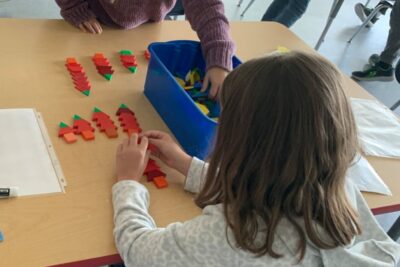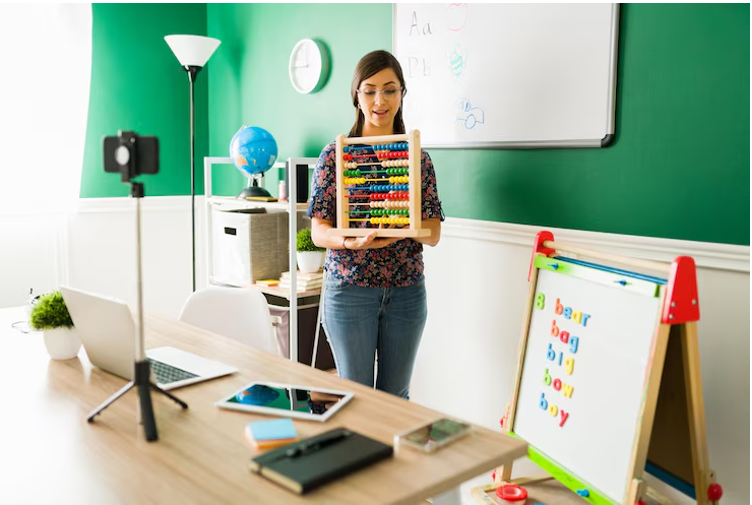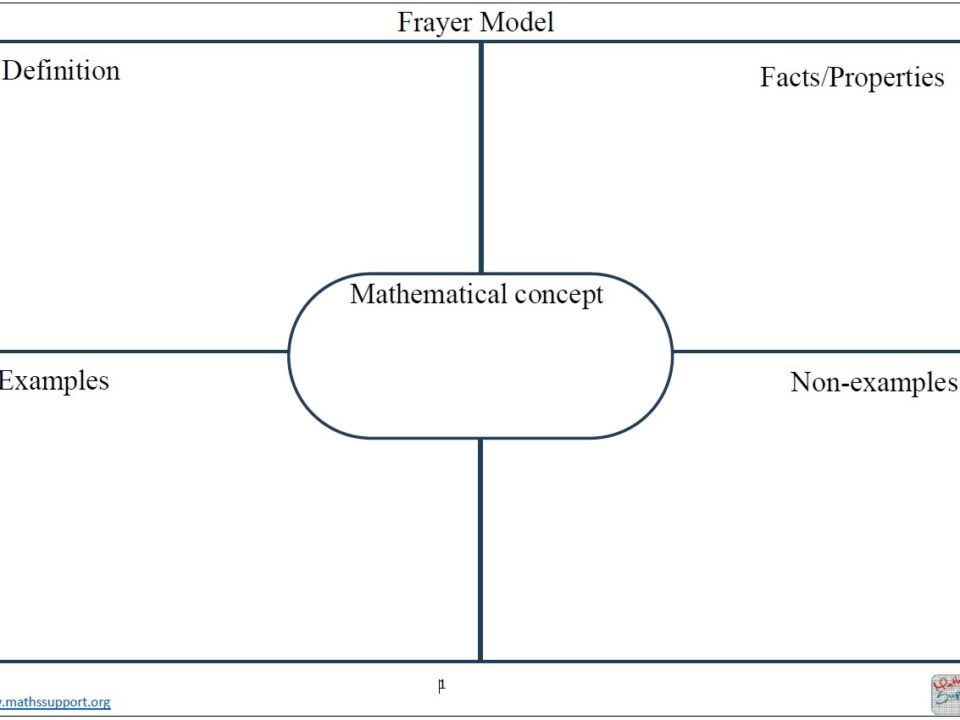Innovative Approaches to Teaching Algebra: Engaging Activities and Resources
Innovative Approaches to Teaching Algebra: Engaging Activities and Resources
Written by Pakeeza Sharafat.
Algebra is the bedrock for STEM fields, equipping individuals to solve problems, analyse data, and model complex systems. From physics equations to computer science algorithms, a firm grasp of algebra is fundamental. Yet, its importance extends beyond academic disciplines.
One of our previous articles taught us the importance of learning Algebra. In everyday life, we use algebra for budgeting, calculating recipe quantities, or even figuring out the paint needed for a room. However, traditional teaching methods often rely on rote memorisation and need real-world connections, leading to student disengagement.
Innovative approaches are needed to spark interest in Algebra and solidify its understanding. Today’s blog will introduce creative strategies for teaching Algebra that help students relate it to academics and everyday challenges. Let’s explore them:
The Importance of Engaging Activities

Teachers can transform Algebra into a stimulating and rewarding subject by incorporating engaging activities. Here, we’ve categorised engaging activities as Hands-on activities and digital resources. Now, we will discuss each in detail with examples.
1. Hands-on Activities
Hands-on activities provide a multi-sensory learning experience that concretises abstract concepts. Here are some ideas.
- Introduce balancing and equivalency concepts in the early years using concrete materials. Balancing devices such as bucket balance or balance scales allow students to manipulate objects to demonstrate equivalence.

- Patterning activities are a powerful tool for young students to develop their algebraic concepts. Teachers can provide concrete materials to create growing patterns.
- Use concrete materials to represent equations; however, as students progress to using symbolic representation.
- While introducing the concepts of equivalence and equations, it is helpful to use realistic situations that can be represented pictorially. Students can then move from pictorial to symbolic representations and see that algebra represents a problem.
- Introducing arrow diagrams to represent equations also leads to more formal notation. For example, to find out the cupcake’s costs, students could represent the problem as follows:
Number of cupcakes ($5) + packaging cost = Total cost
5x + 10 = 60
- Make two sets of flash cards. The set contains the algebraic expressions. Such as (6x, y/2, 3+b…….) The other set contains the meaning of algebraic expressions, such as (Three more than a number, a number divided by y.) Give students algebraic tiles (variable and unit tiles ) and then instruct them to represent algebraic expressions using these tiles.
- Present students with an algebraic term and develop as many different expressions as possible to simplify a given term. The teacher can provide this task in groups, and when each group is completed, they are asked to share their expressions. Here, is an example of students’ responses for the given number: 4y
4(9y – 8y), 2y + 2y, 13y – 9y, 20y / 5y, (10y + 2y) / 3y
1. Digital Resources

Digital resources offer another avenue for engagement. Interactive simulations and games can bring algebra to life, allowing students to experiment with variables and equations in a dynamic environment. Some ideas are listed below:
- Imagine visualising the slope of a line changing in real-time or exploring the behaviour of quadratic functions through interactive graphs. These resources capture student attention and provide immediate feedback and opportunities for self-paced learning.
- Teachers can create engaging PowerPoint presentations to introduce Algebraic concepts. Adding visuals and videos to solidify students’ understanding. Maths supports engaging resources, which is an excellent option for getting ready-made resources. Check out this Algebraic Walls activity to engage your students effectively.
- Games are also an effective strategy for boosting students’ understanding and maintaining interest. Teachers can create hands-on games or get readymade templates from online stores and introduce online games that help students in grasping algebra concepts. One of the Maths support resources, check out this birthday game for introducing the concept of Algebra.
Engaging activities, both hands-on and digital, have a profound impact on the learning process. They foster increased student participation and motivation, leading to a deeper understanding of even the most abstract concepts. Maths support resources for teaching Algebra is an ideal digital resource to help teachers do read-made activities with their KS3, IGCSE, and IB students.
Real World Applications
Students better understand the concepts by linking algebra to real-world situations. It transforms seemingly abstract symbols into practical tools that solve problems they might encounter. Most importantly, your students see algebra not just as a classroom subject but as a valuable companion in navigating the complexities of life.

Teachers can create engaging projects that showcase the real-world applications of algebra. For instance, students can design a budget model for a school event using linear functions, like planning a sale to raise money for a class trip. Students discover algebra’s relevance and power by connecting it to their interests and experiences, making the learning process informative and genuinely empowering. Here are some ideas that give you an idea.
- Students can plan a bake sale (or similar event) to raise money for a class trip. Students research costs (ingredients, materials) and selling prices.
- They then create a budget model using linear functions: Track total cost as a function of items sold (fixed cost + variable cost per item).
- Track revenue as a function of items sold (price per item x items sold). Visually estimate how many items to sell to “break-even” (revenue = cost) using a graph of these functions. It helps with planning and achieving their fundraising goals.
Conclusion
Fostering a connection between algebra and students’ lives is critical. By incorporating engaging activities, utilising digital tools, and highlighting real-world applications, teachers can transform algebra from abstract concepts to practical problem-solving skills. We encourage teachers to embrace these innovative approaches. Let’s share your experiences and create a dynamic learning environment where students not only master algebra but also discover its power in shaping their world. We will be eager to read your experiences in our comments box. Happy teaching!







